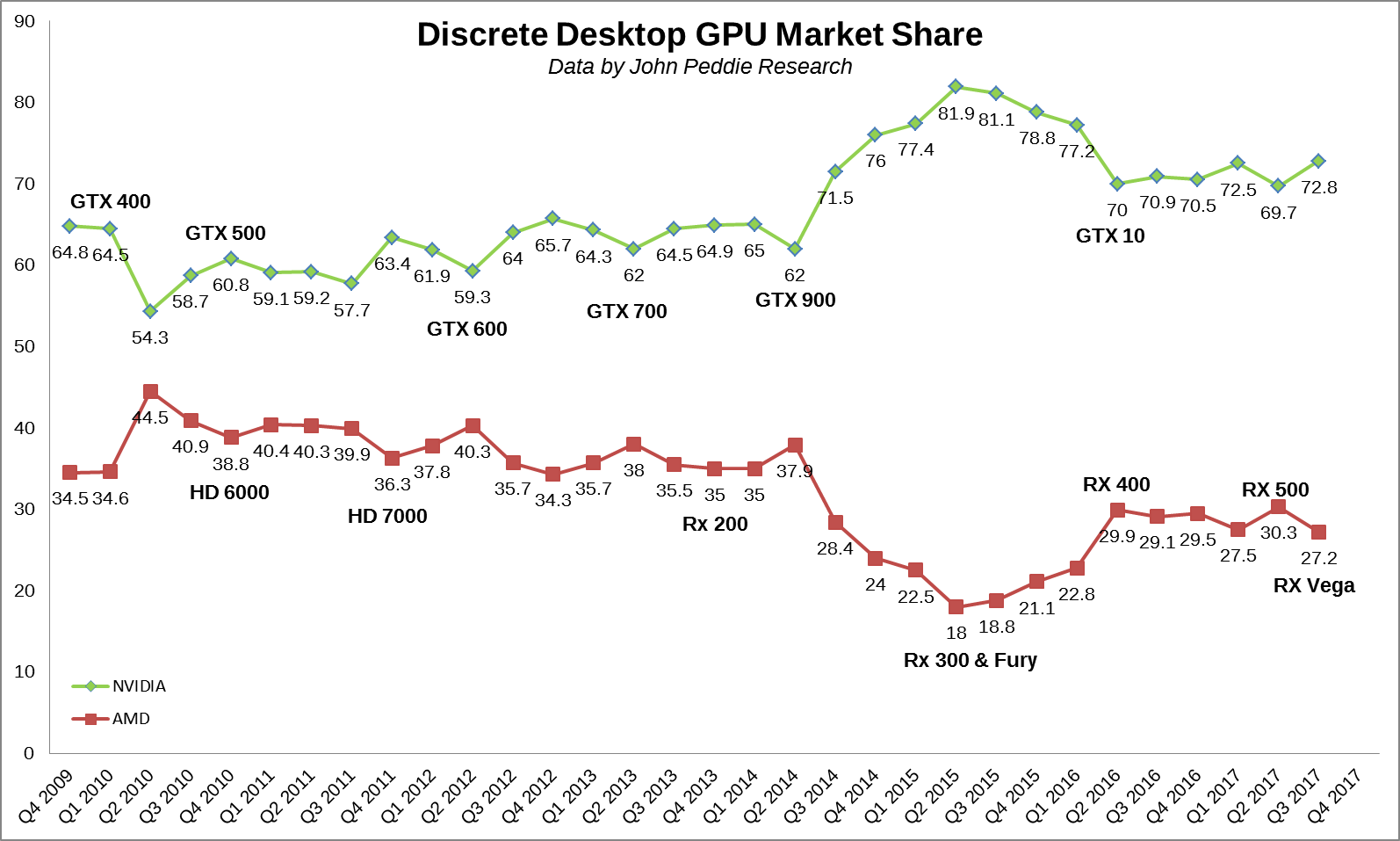DavidGraham
Veteran
Stating something and acting on it are completely different.Jensen literally said he sees crypto as a solid revenue stream (CEO words are not enough for you? What about NV AIBs building crypto boards?).
An obvious tool to fend off miners gunning for gaming GPUs. You may argue the effectiveness of the strategy, but you can't argue the reason behind it.What about NV AIBs building crypto boards
Yet despite that, they ARE the gaming company right now. Magnitudes more than AMD. They control the entire PC gaming market, how could that possibly happen? Not through mining of course.Other focuses on datacenter and emerging markets, trying to wash away the "gaming company" stigma.
Last edited:

